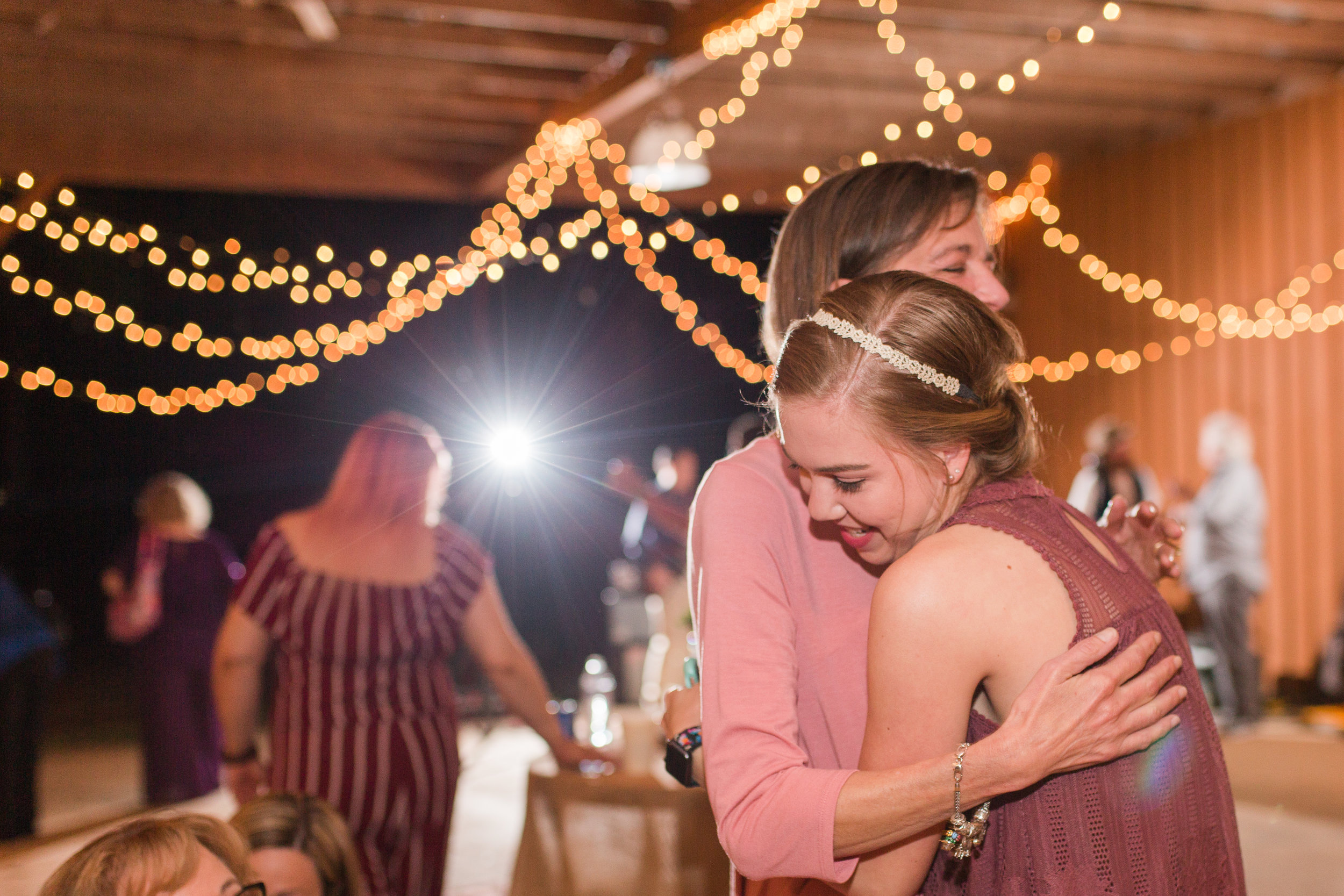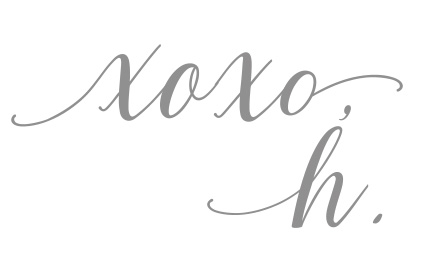I have been wanting to do a blog SERIES like this for many years! I am finally making the time to answer some of your most common questions I receive! A couple of weeks ago I put it out there on my Instagram Stories that I wanted you to send in some “Photog Questions”. Y'all are so awesome! You didn’t shy away from asking ANYTHING and I LOVE that about you guys! I’ve also been trying to also rack my brain from WAAAAY back when I started my photography business. . .what were the main things I wanted to know?!
SO, in this SERIES, I will cover these topics AND SO MUCH MORE!!!
- A Glossary of terms! Although, not the funnest part of this SERIES, this will be helpful in the beginning as we navigate through!
- My TOP questions: What is my FAVE lens, what lenses do I have and what camera bags do I use?
- What editing program do I use and some helpful tips and tricks please?!
AND don’t worry!! I will also be sharing some helpful “How To’s” for you DSLR users later in the SERIES!!! Feel free to SUBSCRIBE to the newsletter!
AND keep the questions coming!! As we go through this SERIES please don't be shy! I remember what it was like when I first started playing around with my camera! I had NO idea what the terms were and to be honest some times I didn't quite know what I was trying to figure out. . .I knew it had a term just wasn't sure what it was all called! Just explain it to me as best you can and I will take it from there. ;)
So, let's dive in with the. . .
GLOSSERY OF TERMS
I wanted to take this time to go over a few terms that might be new to you. So, if you see them later you will have a better understanding of what I’m referring to and I've tried to add photos under each term to help! I'm a visual learner and thought this would be super helpful for you too!
mm
When you see 85mm, I am referring to the millimeter of the focal length of a lens. This is how wide or how tight a lens will zoom in or out.
























